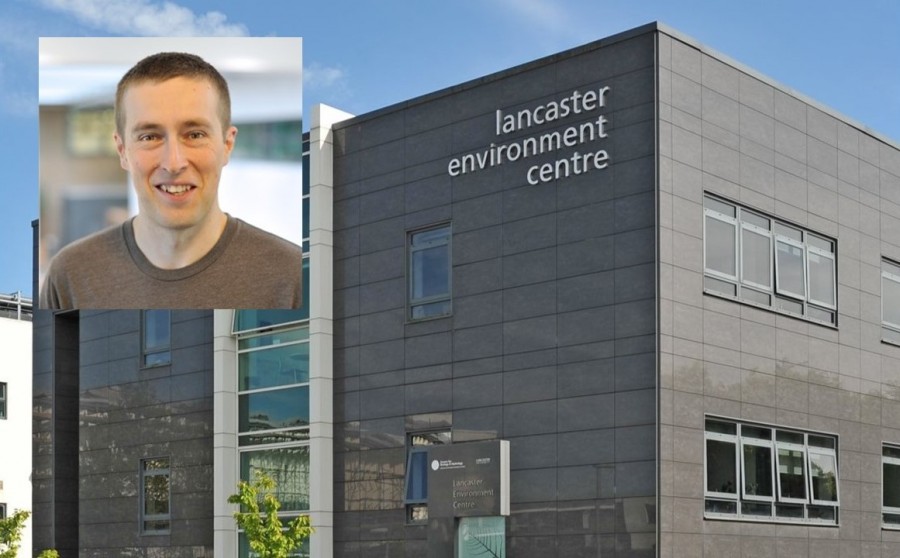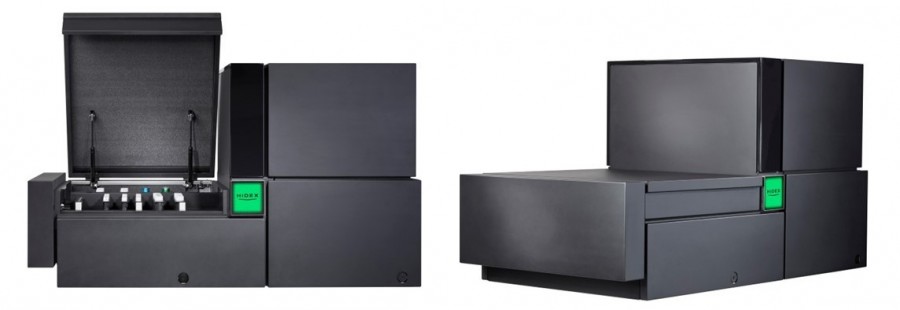Studying photosynthetic carbon fixation in plants with the Hidex 600 SL
24 April 2024

Dr. Douglas Orr (inset) is part of a team of researchers hoping to address the challenges of food supply against the backdrop of climate change.
The liquid scintillation counter is being used by the Lancaster Environment Centre to help develop more resilient and productive crops
The Hidex 600 SL LSC is being used to study photosynthetic carbon fixation in plants at the Lancaster Environment Centre. The centre is Lancaster University’s dedicated environmental research facility, bringing together academics and researchers from the fields of geography, environmental sciences, and biological sciences to address major global challenges.
Lecturer in Plant Biotechnology Dr. Douglas Orr has been working as part of a larger team to better understand the biochemistry of photosynthesis to identify ways to improve its efficiency. Ultimately, it is hoped to breed more sustainable, resilient, and productive crops to address future food supplies and counter farming challenges brought about by climate change.
Counting 14C-based biochemical assays
The decision to procure the 600 SL came about to replace an existing aging counter. Dr. Orr said, “We were attracted to Hidex from a technical standpoint because of the quality of the equipment and the robust data it can produce. The 600 SL was a need in our case as we regularly need the capacity to count large batches of vials from our 14C-based biochemical assays.”
The 600 SL has been designed to achieve high throughput and has a capacity of 500 small vials or 210 large ones. Dr. Orr said, “The capacity of the 600 SL means we can get through the sheer volume of vials we sometimes generate. It’s not so unusual to generate over 500 vials in a busy week.”

“We were attracted to the lack of an internal source …”
One of the 600 SL’s most notable features is its three-detector system that can automatically calculate counting efficiency, which correlates to quenching. This is known as TDCR, or Triple to Double Coincidence Ratio, which is also used by the 300 SL. This eliminates the need for an internal radiation source, offering benefits such as no disposal costs, no health hazards when servicing, and no transportation restrictions. Dr. Orr said, “We were attracted to the lack of an internal source, which is a plus on the environmental side of the procurement process.”
“We’ve always had excellent support from LabLogic with good contact from the sales and technical staff, including the opportunity to attend an event and speak directly with an engineer from Hidex. In 2023, we moved our Hidex 600 SL to a new laboratory and were able to get assistance from LabLogic and have a maintenance visit at the same time.”
Find out more
You can learn more about the 600 SL by clicking the button below to speak to a product specialist directly to request a guided demonstration.